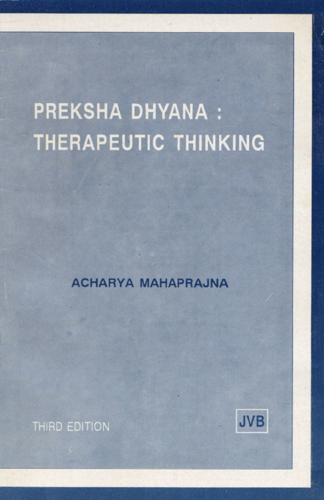Normally breathing is automatic. That is, it does not need attention. But it is also amenable to voluntary control. If one so desires, one can, even without much practice, change and modify the rate, duration, and depth of breathing.
Vital energy is essential for the step-by-step development of meditational practice. To generate enough energy, abundant oxygen must be supplied and for this it is necessary to regulate the rate of breathing. It must be made slow, deep and rhythmic.
Normally, at rest, our rate of breathing is 15-17 breaths per minute. This rate is under the autonomic control of respiratory centre situated in the medulla oblongata in the brain. The rate increases with the increase in physical activity of excitement and the number per minute goes from 15 to 50 or even more.
Shallow and spasmodic breathing affects the vital energy adversely and ultimately it has injurious effects on health. Many of the symptoms of poor health are caused by improper breathing and insufficient oxygenation of blood. Not only are the nerves, glands and vital organs inadequately nourished, but the excretory system also cannot function properly. Those who breathe badly have to struggle with problems in all.directions; health, profession and emotional life.
Proper breathing begins with a slow, calm and complete exhalation. Contraction of the abdominal muscles evacuates the lungs by raising the diaphragm into the chest like a piston. Having emptied the lungs, abdominal as well as chest muscles are relaxed expanding the chest cavity and filling up the lungs with fresh air in a single rhythmic action. Rhythmic breathing can be with or without a pause between inhalation and exhalation. A convenient rhythm without a pause could be a ten-second rhythm—six seconds for exhalation and four seconds for inhalation. With a pause, it could be—4 seconds inhalation, 4 seconds pause and 6 seconds exhalation.
 Acharya Mahaprajna
Acharya Mahaprajna

